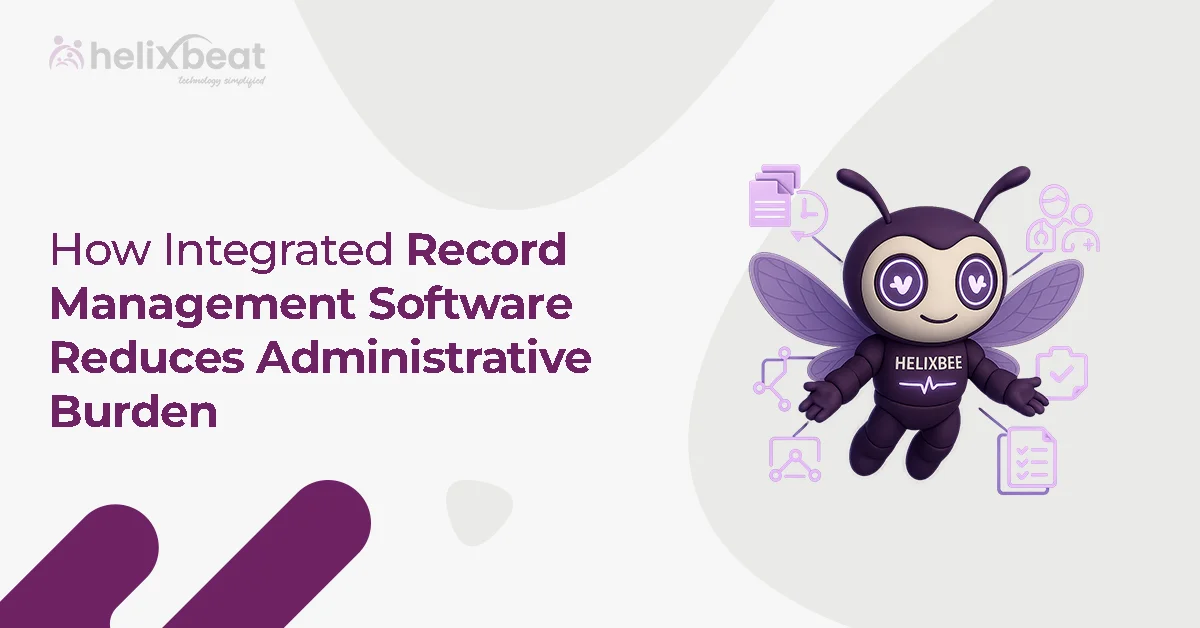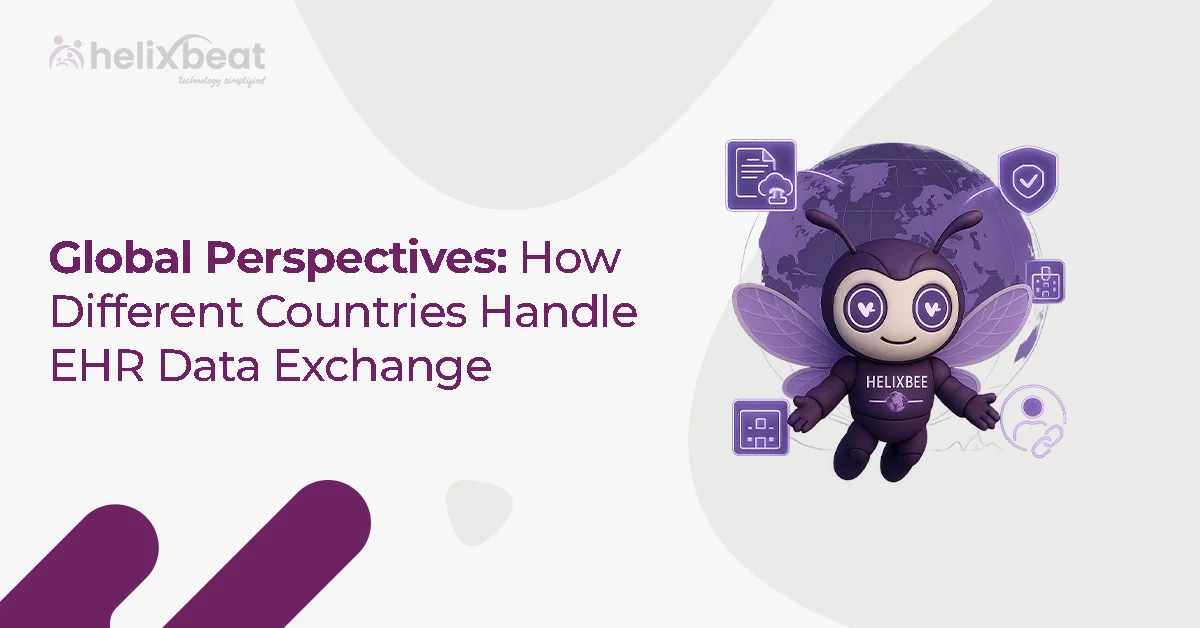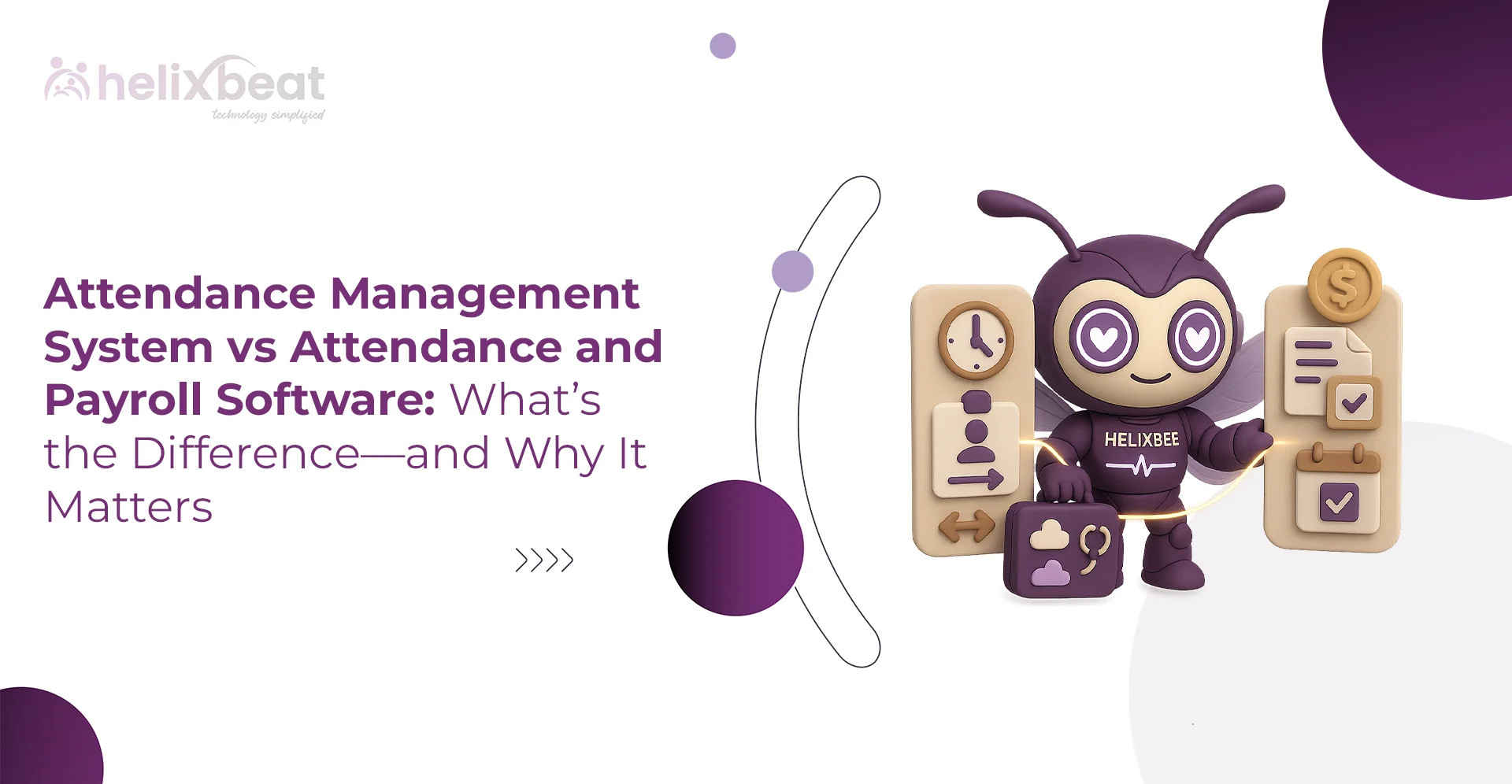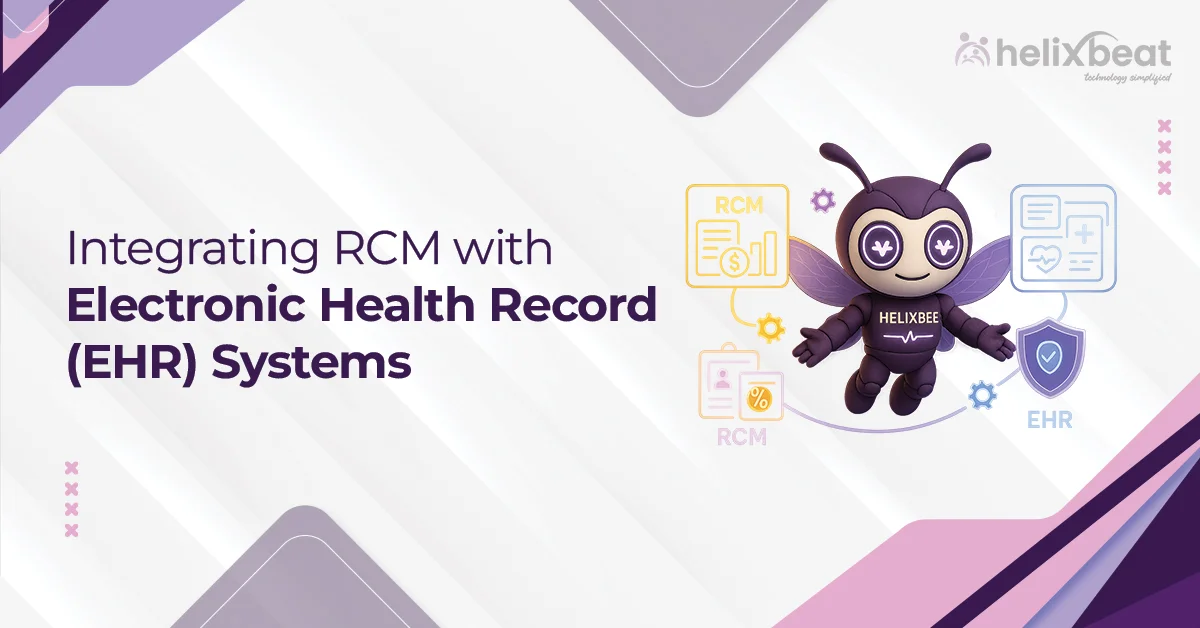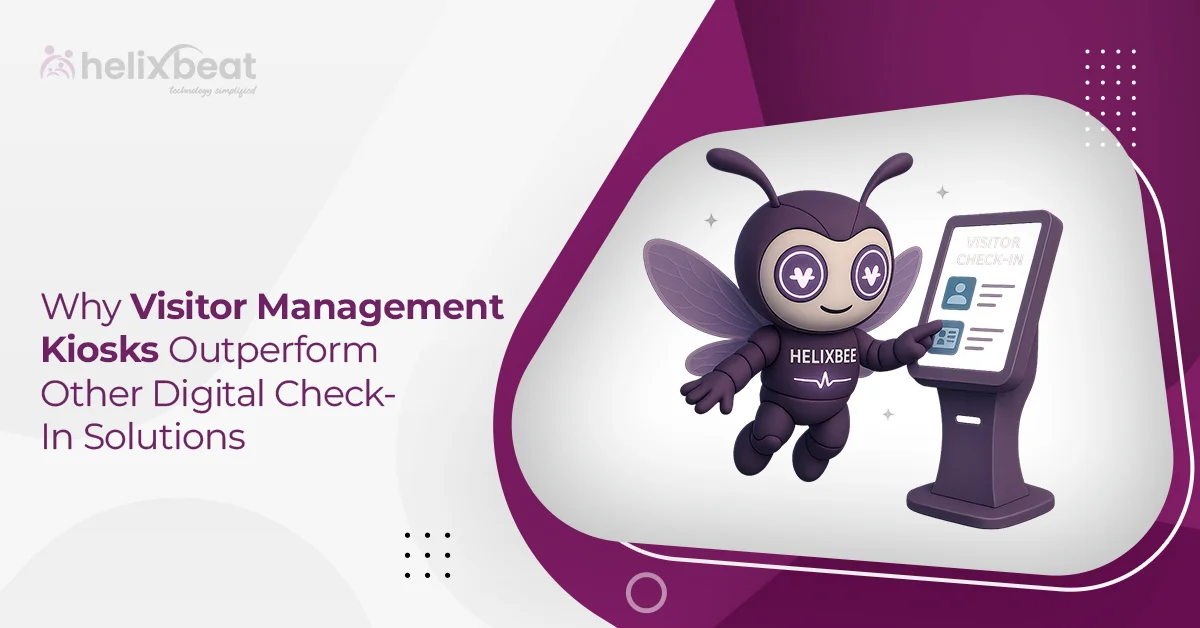In the healthcare industry, operational efficiency is more than just a trendy slogan. It is the foundation of hospitals and the overall quality of patient care, and neglecting to invest in it has serious consequences for both the business and the quality of patient care.
With the growing number of patients, the rising administrative burden, and mounting pressure to enhance service delivery, healthcare organizations seek operational efficiency. One of the key areas through which this efficiency can be gained is in simplifying the payment process, where PayNova shines bright.
PayNova is revolutionizing the way healthcare organizations manage payment workflows. By making the payment journey better, reducing errors, and saving time, PayNova provides an innovative solution that makes healthcare payment systems smarter and more efficient. In this blog, we’ll discuss the significance of payment processing in healthcare and demonstrate how PayNova can transform healthcare operational efficiency. We will use both hypothetical and real-life examples to demonstrate how this technology is improving the healthcare payment ecosystem.
Table of Contents
The Complex of Healthcare Payments
Before delving into the specifics of how PayNova works, let’s understand why healthcare payment systems can be so complicated in the first place. The intricacies of healthcare billing systems involve many moving parts, and errors or delays in one of these components can have far-reaching consequences.
- Multiple Payment Stakeholders: Healthcare payments are not limited to one party. There are patients, insurance companies, healthcare providers, and sometimes even third-party organizations involved in the process. Each stakeholder has its own set of rules and expectations, making the payment journey quite complicated.
- Numerous Payment Methods: A single healthcare organization could deal with copayments, deductibles, insurance claims, direct payments, and even government reimbursements. Managing all these different types of payments in a seamless manner can become a logistical nightmare.
- Frequent Billing Errors: From incorrect billing codes to missed insurance claims, billing errors are common in healthcare. These errors often result in delayed payments, rework, and dissatisfied patients, all of which can cost healthcare providers valuable time and money.
- Late Payments & Cash Flow Issues: Healthcare organizations often face delayed payments, whether it’s due to insurance companies or patients. This can cause significant cash flow issues, making it harder for healthcare providers to maintain day-to-day operations and pay their staff or suppliers.
- Regulatory Compliance: Healthcare organizations must comply with a wide range of regulations when it comes to payments and billing, including HIPAA (Health Insurance Portability and Accountability Act) and insurance-specific requirements. Any non-compliance can result in legal complications and financial penalties.
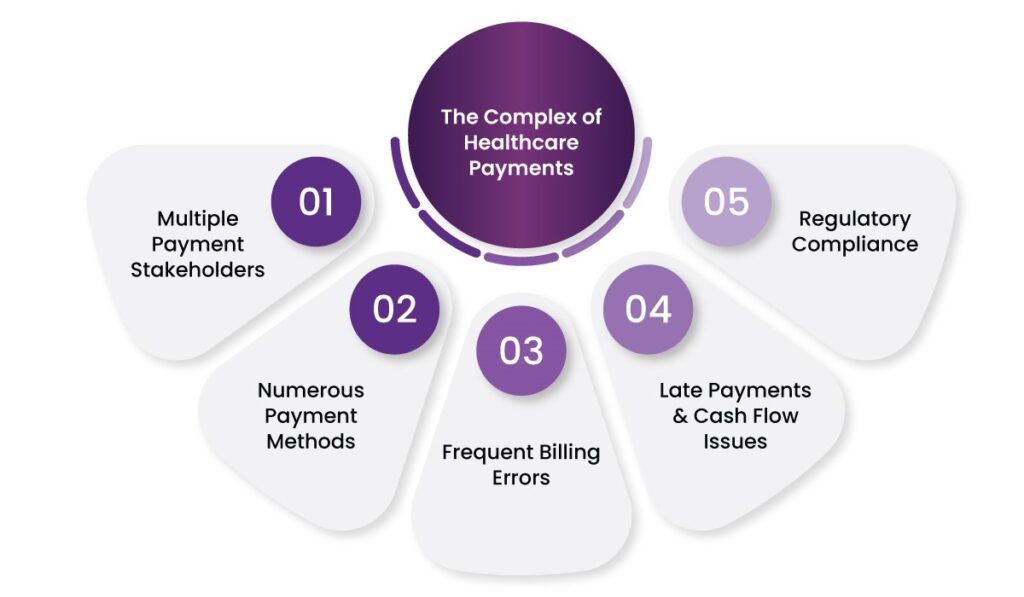
How PayNova Can Simplify Healthcare Payment Workflows
PayNova is a powerful tool designed to address these challenges. It is an intelligent payment platform that brings together all the different elements of healthcare payments into a unified system. By doing so, it eliminates many of the complexities involved in payment processing and helps healthcare organizations run more smoothly.
Let’s take a closer look at how PayNova enhances healthcare operational efficiency.
1. Streamlined Payment Workflow
The biggest advantage of PayNova is its ability to streamline the entire payment workflow. In a traditional healthcare payment system, administrative staff often have to manually input patient details, verify insurance, issue bills, and handle follow-ups. With PayNova, all of this is automated.
How It Works:
- Real-Time Insurance Verification: PayNova integrates with insurance providers, allowing healthcare organizations to verify a patient’s insurance coverage in real time. This eliminates the need for administrative staff to spend time calling insurance companies or waiting for confirmation, reducing delays and errors.
- Automatic Billing: PayNova automatically generates bills based on the patient’s insurance details and the services rendered. There’s no more manual data entry or need to check for errors in billing codes.
- One Platform for Everything: With PayNova, all payment-related activities are conducted from a single platform, making it much easier to keep track of everything. From insurance claims to patient payments, everything is centralized in one place.
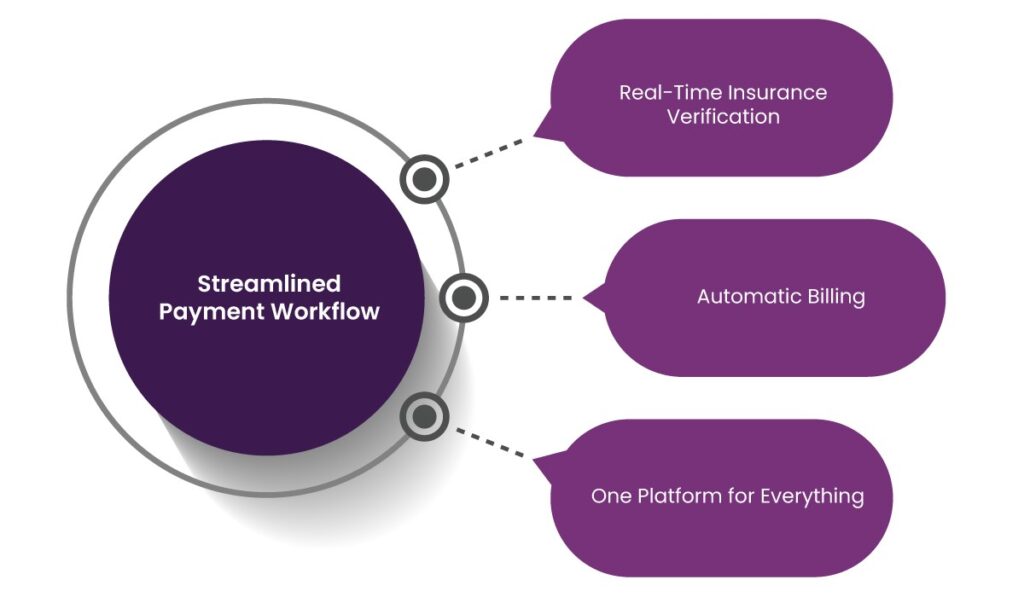
Example: Imagine a hospital that sees hundreds of patients every day. Each patient’s insurance details, copay, and deductible need to be verified, which can take hours if done manually. With PayNova, as soon as the patient provides their insurance information, the system automatically pulls up the relevant data from the insurer’s database, verifies coverage, and calculates the copay. This saves administrative staff time, allowing them to focus on other critical tasks.
2. Real-Time Payment Tracking and Monitoring
For healthcare providers, knowing the status of payments in real time is crucial. Traditional systems often lead to delays, confusion, and, ultimately, poor cash flow management. PayNova changes this dynamic by offering real-time tracking and monitoring of all payments.
How It Works:
- Payment Status Updates: PayNova provides instant updates on the status of each payment, whether it’s an insurance claim or a direct patient payment. Providers can track whether a claim has been approved, rejected, or is still pending.
- Automatic Alerts for Issues: If there’s an issue with a payment—whether it’s due to a denied claim or a missing detail—PayNova sends automatic alerts to the healthcare provider, allowing them to address the problem quickly and avoid delays.
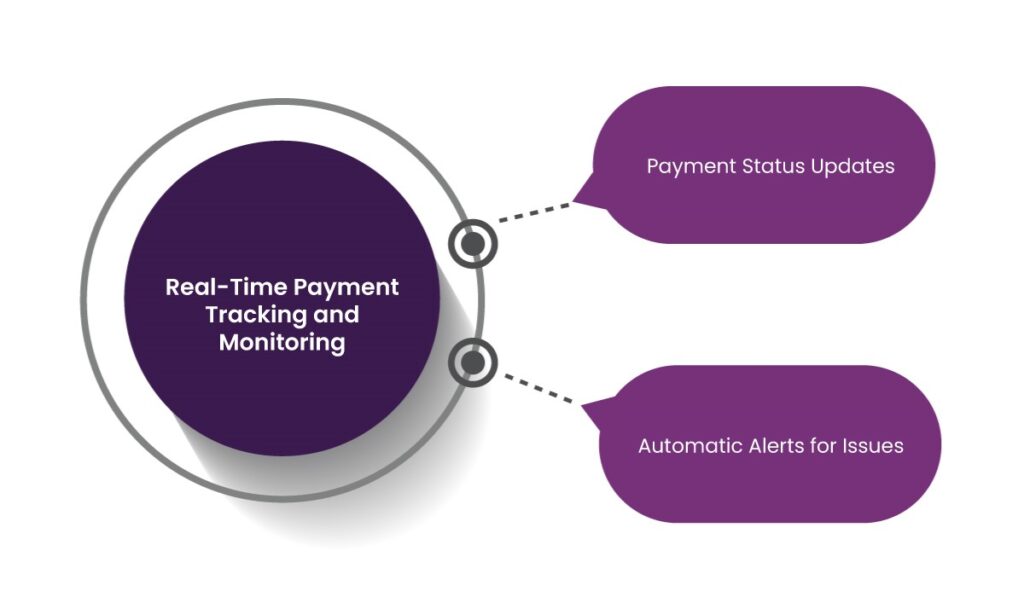
Example: Consider a busy outpatient clinic with a high volume of insurance claims. Before PayNova, staff would manually follow up on claims, often spending days waiting for responses from insurance providers. With PayNova, claims are submitted and tracked automatically, and if a claim is denied, the system immediately alerts the staff. This proactive approach ensures that issues are resolved quickly, and payment cycles are shortened.
3. Error-Free Payment Processing Through Automation
One of the most significant pain points in healthcare payment processing is human error. Miscommunication, incorrect billing codes, and incomplete insurance details are common causes of rejected claims, which in turn cause delays and create unnecessary work.
How It Works:
- Automated Data Entry: PayNova automates the entry of key data, such as patient information, insurance details, and billing codes, reducing the risk of human error.
- Compliance Check: PayNova’s system ensures that all billing codes and insurance details are compliant with regulatory requirements, reducing the risk of rejected claims or non-compliance penalties.
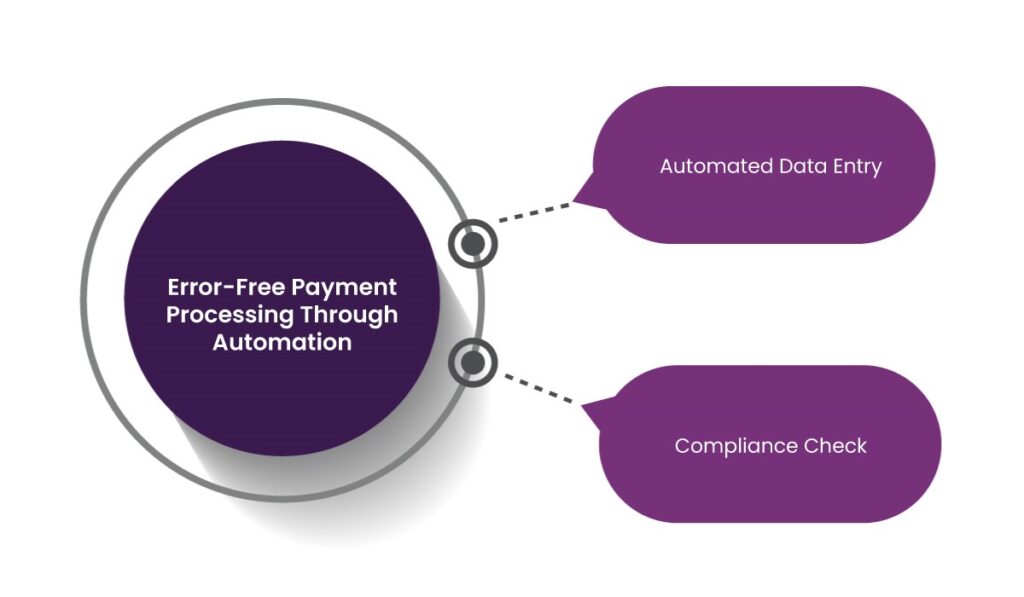
Example: A large healthcare facility often deals with complex billing codes and insurance details. Before implementing PayNova, the team would spend hours reviewing claims for errors, leading to unnecessary delays in payments. With PayNova, the system automatically cross-checks billing codes against insurance policies, ensuring everything is correct before the claim is even submitted. This reduces the time spent on error resolution and speeds up the reimbursement process.
4. Flexible Payment Plans for Patients
While PayNova’s main focus is to streamline the payment workflow for healthcare providers, it also offers benefits for patients. Healthcare costs can be burdensome for many, and PayNova helps providers offer more flexible payment options.
How It Works:
- Payment Plans: PayNova allows healthcare organizations to set up customized payment plans for patients, enabling them to pay in installments rather than one lump sum. This is especially helpful for patients who are facing expensive medical treatments but can’t afford to pay the entire amount upfront.
- Automated Payment Reminders: The system sends automated reminders to patients about upcoming payments, helping them stay on track with their payments and reducing the chance of missed payments.
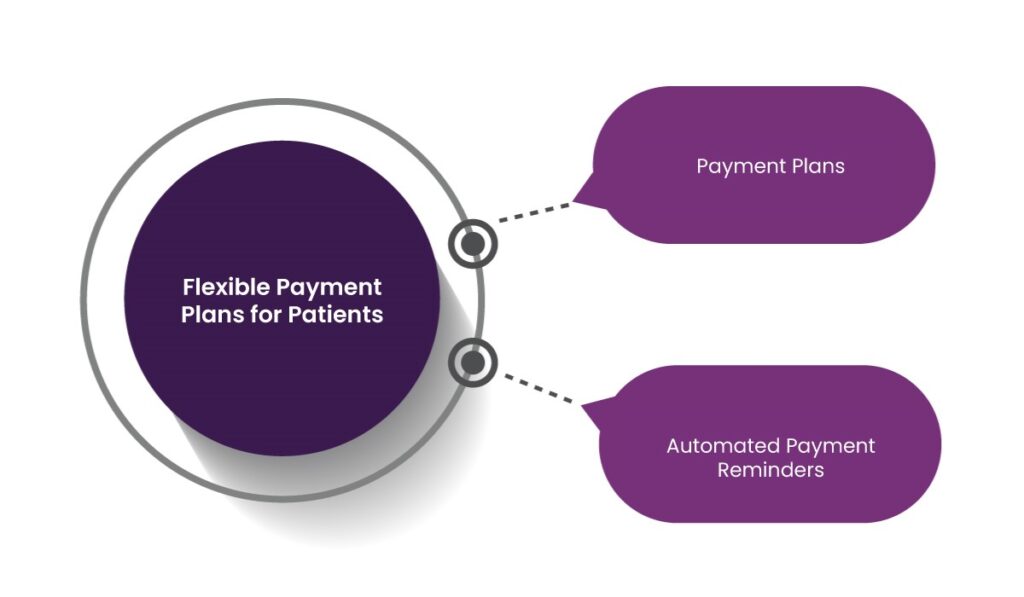
Example: A patient at a dental clinic requires a significant amount of work, and the total bill comes to $3,000. Instead of requiring the full amount upfront, the clinic uses PayNova to set up a payment plan that divides the bill into manageable monthly installments. The patient receives timely reminders and pays according to the plan. This arrangement benefits both the clinic and the patient—payments are received on time, and the patient is able to pay off the balance without stress.
5. Faster Reimbursement for Providers
Cash flow is a significant concern for many healthcare providers, and delayed payments or reimbursements can strain operations. PayNova accelerates the reimbursement process by automating insurance claims and reducing errors that often lead to delays.
How It Works:
- Instant Claim Filing: PayNova automatically files claims with insurance providers as soon as the patient’s information is entered, ensuring there are no delays in submission.
- Efficient Follow-Ups: The platform sends automatic follow-up requests to insurance companies, prompting them to process claims faster.
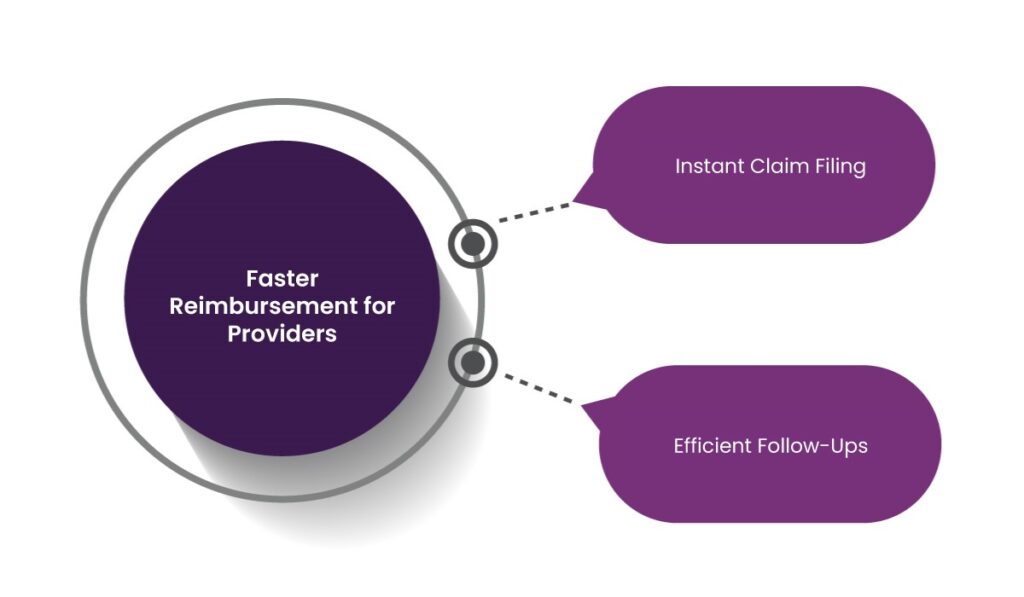
Example: At a small orthopedic clinic, timely reimbursements are crucial to maintaining daily operations. Before PayNova, claims would be filed manually and often delayed due to human errors or missing information. With PayNova’s automated claim filing and follow-up process, reimbursements are received faster, reducing the clinic’s reliance on waiting periods and enhancing cash flow.
6. Comprehensive Analytics for Better Financial Management
Healthcare organizations need detailed insights into their financial performance, and PayNova delivers this with its comprehensive analytics feature. By analyzing payment trends, claim statuses, and reimbursement cycles, PayNova enables healthcare organizations to make data-driven decisions that can improve efficiency.
How It Works:
- Revenue Analysis: PayNova tracks payments across multiple channels (patient payments, insurance claims, etc.), offering providers an overview of their revenue flow.
- Trend Identification: By identifying trends in payment delays, billing errors, and patient payment behaviors, PayNova helps providers adjust their practices for better financial outcomes.
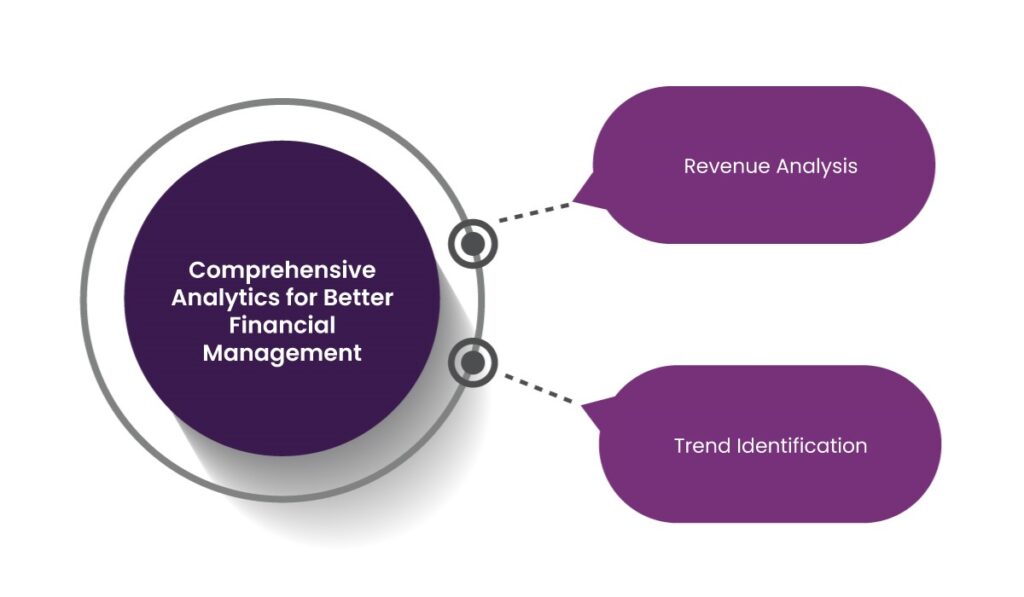
Example: A hospital is concerned about the growing number of delayed claims. By analyzing the data provided by PayNova, the hospital identifies that the issue lies in the verification process for insurance details. With this insight, the hospital can streamline its verification process, resulting in faster claims and improved financial health.
Conclusion: The Future of Healthcare Payments with PayNova
The healthcare industry is changing rapidly, and payment systems need to evolve to keep up. PayNova is a game-changer in this regard. By automating payment workflows, reducing errors, and improving patient satisfaction, it is revolutionizing the way healthcare providers handle payments.
With features like real-time payment tracking, automated claim filing, and customizable payment plans, PayNova makes it easier for healthcare providers to focus on what truly matters: delivering exceptional care to their patients. The future of healthcare payments is here, and with PayNova, it’s more efficient, accurate, and patient-friendly than ev
Frequently asked question
- What is PayNova, and how does it transform healthcare payment systems?
PayNova is an intelligent payment platform, which automates healthcare payment workflows through real-time tracking and central management of billing, insurance claims, and patient payments.
- How does PayNova help decrease billing errors in healthcare?
PayNova automatically reduces the chances of human error during data entry as it cross-checks billing codes for compliance with requirements from the respective insurance.
- Can PayNova support multiple payment methods and stakeholders?
Yes, PayNova consolidates multiple payment methods like copayments, deductibles, and insurance claims into a single platform to streamline all transactions for the stakeholders.
- Does PayNova provide any features on patient payment flexibility?
Absolutely. PayNova allows healthcare providers to create customizable payment plans for patients and automatically sends reminders to patients for timely payments.
- How does PayNova help in faster reimbursement for healthcare providers?
PayNova automates the claim filing process, performs real-time insurance verifications, and sends follow-up alerts to insurance companies to accelerate reimbursement timelines.
- What analytics capabilities does PayNova offer?
PayNova offers all-around analytics with revenue flow tracking, identification of trends in delayed payments, and insights into billing errors, so that financial management is data-driven.
- Is PayNova compliant with healthcare regulations?
Yes, PayNova complies with all the applicable healthcare regulations, such as HIPAA and insurance-specific requirements, to ensure secure and compliant payment processing.
- How does PayNova improve operational efficiency in healthcare organizations?
PayNova automates manual processes, reduces administrative workload, and centralizes payment workflows, which enables healthcare organizations to focus on better patient care.





